The importance of lawn mowers in Canada cannot be overstated, as they play a crucial role in maintaining the aesthetic appeal and functionality of residential and commercial properties across the country. From urban neighborhoods to rural landscapes, lawn mowers are indispensable tools that contribute to the upkeep of green spaces and outdoor environments.
Selecting the appropriate mower is crucial for achieving a rich and well-groomed lawn. Among homeowners and landscaping professionals, there’s a longstanding debate regarding lawn care equipment: riding mowers versus zero-turn mowers. Understanding the distinct advantages and catering to different needs of each is necessary for making an informed decision between the two.
What is a Zero-Turn Mower?
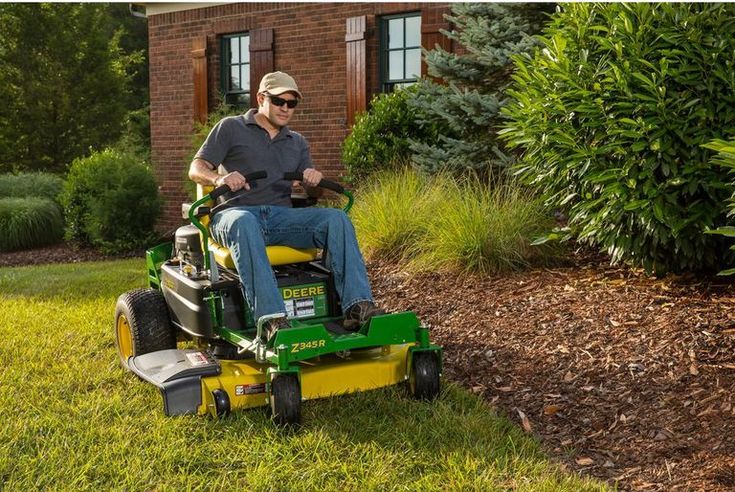
With a turning radius of zero or near zero, Zero-turn mowers have revolutionized lawn care due to their unique design and maneuverability. Zero-turn mowers offer greater maneuverability than traditional riding mowers with their individual hydraulic control handles for each wheel. Despite their higher price, these items provide significant advantages for both homeowners and professionals in landscaping. Zero-turn mowers are popular for their efficiency and speed for mowing vast amounts of grass, such as in commercial landscaping or on larger residential lots.
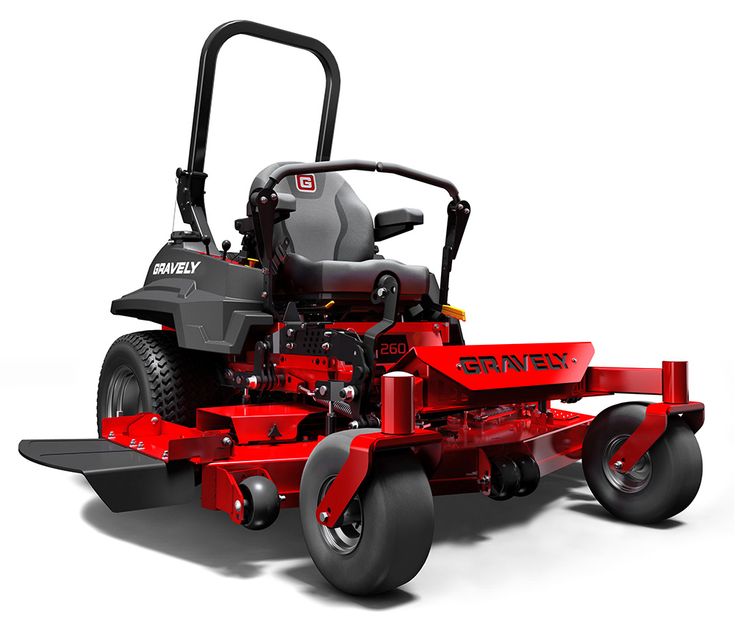
Pros of Zero Turn Mowers:
1. Unrivaled Maneuverability: Zero-turn mowers provide exceptional maneuverability due to their unique pivoting mechanism. Agility considerably decreases the duration of mowing large areas.
2. Faster Mowing Speeds: Thanks to their powerful engines and efficient design, zero-turn mowers can cover ground at impressive speeds, significantly reducing the time spent on lawn maintenance compared to traditional riding mowers. This speed is particularly advantageous for large properties or commercial landscaping projects where time is of the essence.
3. Professional Results: The precise control offered by zero turn mowers ensures a consistently even cut, resulting in a professional-looking finish that enhances the overall appearance of your lawn. Whether you’re a facility manager striving for the perfect backyard oasis or a landscaping professional maintaining clients’ properties, the ability to achieve immaculate results is a significant advantage.
4. Improved Visibility: Zero-turn mowers typically feature a front-mounted cutting deck, providing better visibility of the mowing area compared to rear-mounted decks found on traditional riding mowers. This enhanced visibility allows for better navigation and ensures that no patches of grass are missed during mowing.
5. Versatility: Many zero-turn mowers come equipped with versatile attachments and accessories, such as mulching kits, bagging systems, and tow-behind carts, allowing you to customize your mower to suit your specific lawn care needs. Whether you’re mulching leaves in the fall or hauling landscaping materials in the spring, a zero-turn mower can adapt to a variety of tasks.
Cons of a Zero Turn
1. Learning Curve: Mastering the controls of a zero-turn mower can take some practice, especially for those accustomed to traditional riding mowers. The individual control handles require coordination and finesse to operate effectively, and it may take time to feel uncomfortable maneuvering the mower around obstacles.
2. Price: Zero-turn mowers tend to come with a higher price tag compared to traditional riding mowers, making them a significant investment for homeowners or facility managers on a budget.
3. Terrain Limitations: While zero turn mowers excel on flat, open terrain, they may struggle on uneven or sloped landscapes. The lack of traction on the rear wheels can cause slipping and sliding on hills, posing safety risks, and potentially damaging the mower.
4. Maintenance Requirements: Like any piece of equipment, zero turn mowers require regular maintenance to ensure optimal performance and longevity. This includes routine oil changes, filter replacements, and blade sharpening, as well as periodic inspections of belts, pulleys, and other components.
From their unparalleled maneuverability and efficiency to their superior cutting quality and ergonomic design, zero-turn mowers offer a host of benefits that make lawn care easier, faster, and more enjoyable. Whether you’re maintaining a small backyard or managing a large commercial property, a zero-turn mower can help you achieve professional results with minimal time and effort.
What is a Riding Mower?
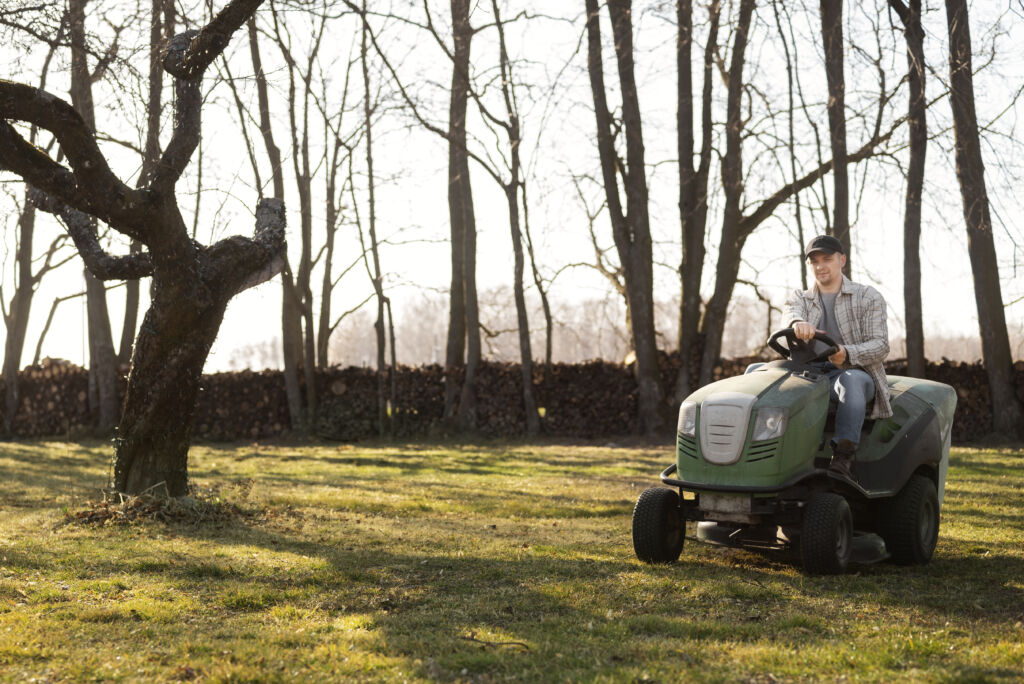
Homeowners and facility managers can use riding mowers, also known as lawn or garden tractors, for managing their landscaping requirements. For larger lawns, where using a traditional push mower is impractical, riding mowers, resembling small tractors, offer a comfortable and efficient mowing experience. Though less agile and maneuverable than zero turn mowers, riding mowers have distinct advantages.
Riding mowers save more time and energy than push mowers when mowing large areas. Extensive lawns or grounds require regular maintenance, making this beneficial for homeowners and property managers. With greater efficiency, riding mowers help users finish lawn care tasks sooner, allowing them extra time for other pursuits.
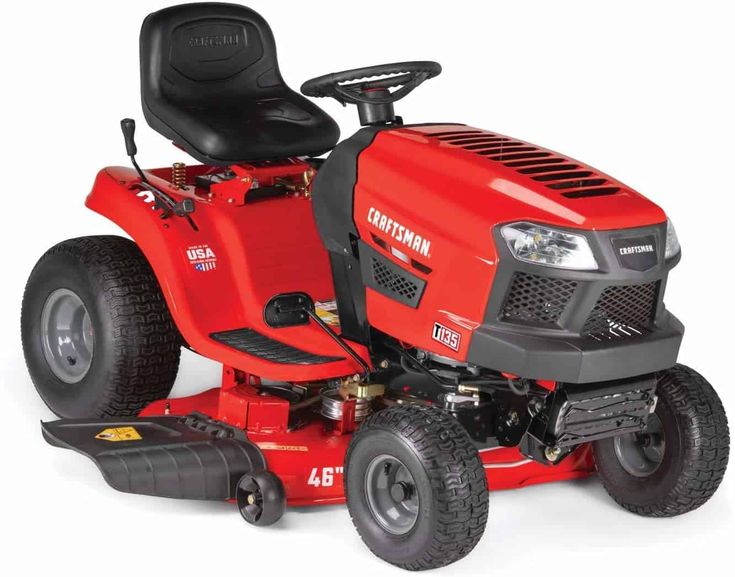
Pros of Riding Mowers
1. Versatility: Riding mowers are known for their versatility. Riding mowers, outfitted with carts, spreaders, and snow blades among other attachments, handle tasks beyond mowing such as hauling, spreading, and plowing. They are ideal for homeowners and facility managers with various landscaping requirements due to their multifunctionality.
2. Comfortable Operations: Riding mowers are engineered for comfort with ergonomic seats, adjustable controls, and responsive steering systems. Riding mowers offer a more comfortable option than push mowers or walk behind-behind models, enabling users to sit and reduce fatigue and strain during longer mowing sessions.
3. Suitability for Larger Lawns: With their larger cutting decks and higher horsepower engines, riding mowers are ideally suited for mowing large expanses of grass quickly and efficiently.
Cons of Riding Mowers
1. Limited Maneuverability: A zero-turn mower’s turning radius is significantly smaller than that of a riding mower. Navigating around trees, flower beds, or other lawn obstacles can be difficult due to limited maneuverability.
2. Slower Mowing Speeds: A riding mower’s larger size and slower maneuverability result in slower mowing speeds compared to zero turn mowers. Although they excel in covering vast expanses, their speed and agility are less advantageous for completing mowing tasks promptly.
3. Less Precise Cutting: Riding mower may produce less precise cutting results compared to zero turn mowers, particularly in areas with intricate landscaping or tight corners. The larger turning radius and less maneuverable design of riding mowers can result in missed patches of grass or uneven cutting patterns.
4. Limited Attachments: While riding mowers offer versatility in terms of attachments and accessories, they may have fewer options available compared to zero turn mowers. This impacts the mower’s ability to perform tasks beyond basic mowing, such as mulching, bagging, or towing heavy loads.
Whether used for residential or commercial purposes, these machines offer a comfortable and effective solution for maintaining lawns and landscaping with minimal time and effort. As technology continues to advance, riding mowers are likely to become even more efficient and user-friendly, further solidifying their status as indispensable tools for lawn care enthusiasts everywhere.

What Should I Buy? Factors to Consider:
Deciding between a riding mower and a zero-turn mower depends on various factors such as lawn size, terrain, maneuverability requirements, budget, and personal preferences. Here’s a breakdown of considerations for each:
1. Lawn Size and Terrain:
- Riding Mower: Ideal for larger lawns (typically over ½ acre) with relatively flat terrain. Riding mowers offer comfort and stability, making them suitable for extended mowing sessions.
- Zero-Turn Mower: More suitable for medium to large lawns with obstacles, tight corners, or uneven terrain. Zero-turn mowers excel in maneuverability and can navigate around obstacles efficiently due to their ability to turn on the spot.
2. Maneuverability:
- Riding Mower: Typically has a larger turning radius compared to zero-turn mowers, which may require more maneuvering around obstacles and tight corners.
- Zero-Turn Mower: Offers superior maneuverability with the ability to turn 360 degrees within its footprint, making it easier to navigate around trees, flower beds, and other obstacles.
3. Speed and Efficiency:
- Riding Mower: Generally has a slower top speed compared to zero-turn mowers, which may result in longer mowing times, especially for larger areas.
- Zero-Turn Mower: Can mow at higher speeds and cover larger areas more quickly due to its efficient maneuvering capabilities, potentially reducing overall mowing time.
4. Cost:
- Riding Mower: Often less expensive upfront compared to zero-turn mowers, making them a more budget-friendly option.
- Zero-Turn Mower: Typically more expensive than riding mowers due to their advanced maneuverability features. However, they may offer higher efficiency and performance, potentially justifying the higher initial investment.
Operator Experience:
- Riding Mower: Generally easier to operate, making them suitable for beginners or those who prefer a simpler mowing experience.
- Zero-Turn Mower: Requires a bit more skill to operate efficiently, particularly when it comes to mastering the zero-turn capabilities. However, they offer a more precise and agile mowing experience once mastered.
Consulting with a lawn care professional or visiting a dealership to test-drive both types of mowers can help individuals make an informed decision based on their unique needs and preferences. Each type of mower has its advantages and disadvantages, so weigh these factors carefully to make the best decision for your specific needs and preferences. Ultimately, selecting the right mower for your needs can streamline your lawn care routine that depends on your specific needs, preferences, and the characteristics of your lawn. This help you achieve professional-quality results with ease.
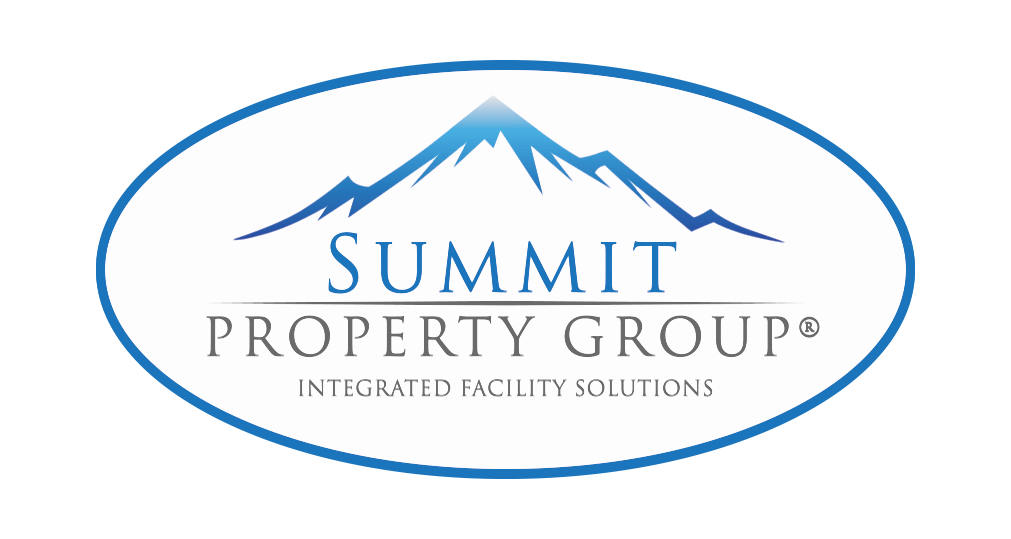
At Summit Property Group, we pride ourselves on delivering unparalleled maintenance services that stand out as the very best in the industry.
CLICK HERE to book our services now!

